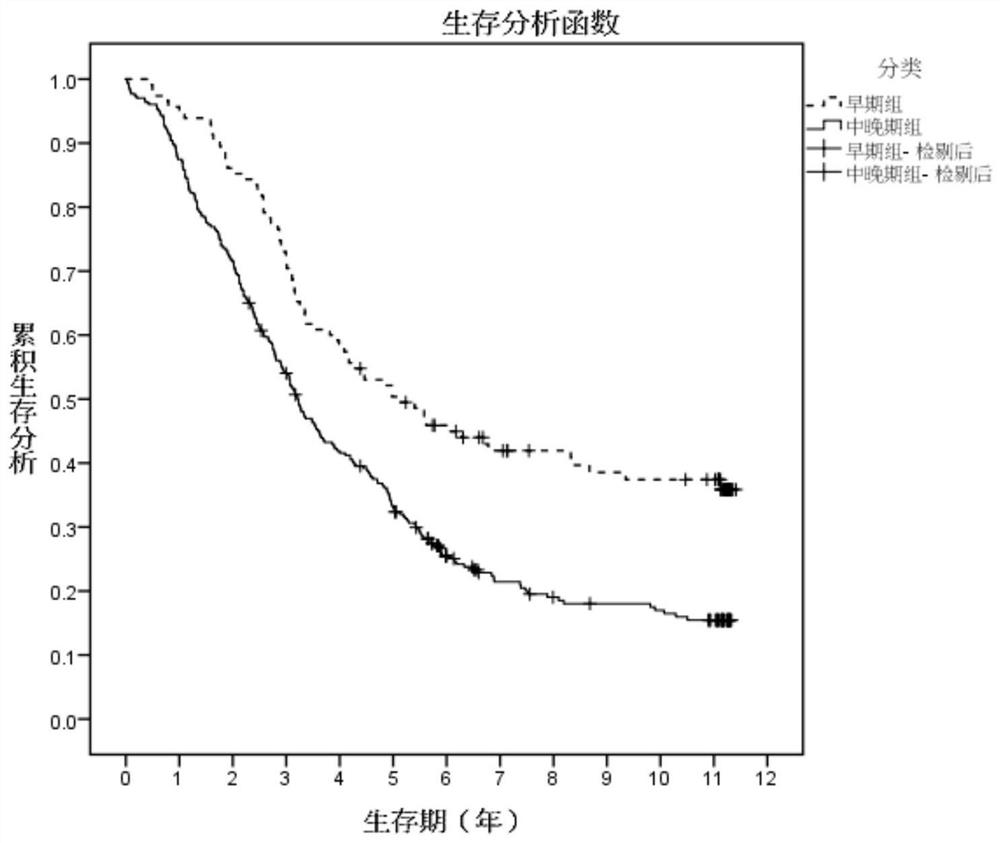Risk prediction system for esophageal squamous cell carcinoma based on clinical phenotype and logistic regression analysis
A technology of esophageal squamous cell carcinoma and logistic regression, applied in the field of machine learning, can solve the problems of incomplete feature screening and low recognition rate, and achieve the effect of reducing cost and improving performance
- Summary
- Abstract
- Description
- Claims
- Application Information
AI Technical Summary
Problems solved by technology
Method used
Image
Examples
Embodiment Construction
[0056] The technical solutions in the embodiments of the present invention will be clearly and completely described below with reference to the accompanying drawings in the embodiments of the present invention. Obviously, the described embodiments are only a part of the embodiments of the present invention, but not all of the embodiments. Based on the embodiments of the present invention, all other embodiments obtained by those of ordinary skill in the art without creative efforts shall fall within the protection scope of the present invention.
[0057] like figure 1 As shown, the embodiment of the present invention provides a risk prediction method for esophageal squamous cell carcinoma based on clinical phenotype and logistic regression analysis, and the specific steps are as follows:
[0058] Step 1: Obtain clinical detection data of patients with esophageal squamous cell carcinoma, and screen out characteristic indicators that are highly correlated with the classification ...
PUM
 Login to View More
Login to View More Abstract
Description
Claims
Application Information
 Login to View More
Login to View More - R&D
- Intellectual Property
- Life Sciences
- Materials
- Tech Scout
- Unparalleled Data Quality
- Higher Quality Content
- 60% Fewer Hallucinations
Browse by: Latest US Patents, China's latest patents, Technical Efficacy Thesaurus, Application Domain, Technology Topic, Popular Technical Reports.
© 2025 PatSnap. All rights reserved.Legal|Privacy policy|Modern Slavery Act Transparency Statement|Sitemap|About US| Contact US: help@patsnap.com



